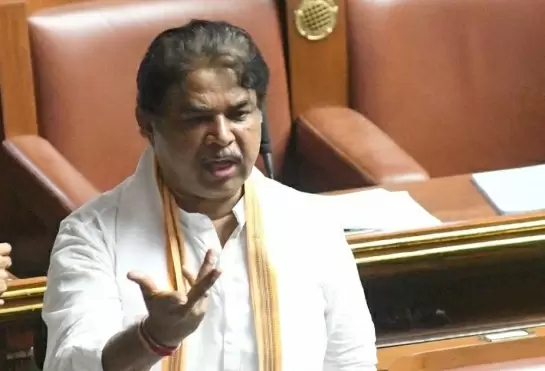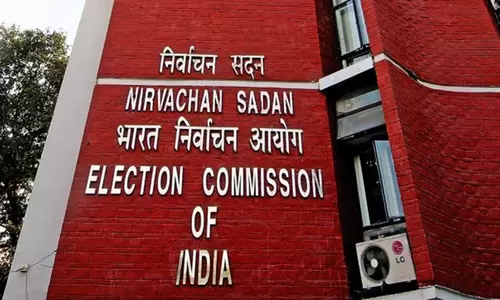Bankruptcies: The good, the bad and the ugly (Column: Behind Infra Lines)
13-May-2019
Bankruptcies are a painful process for businesses, employees and business partners, but are an inevitable consequence of business dynamics and competition.
As industries, companies and economic trends evolve, some companies will be left behind and will have to comprehend the bankruptcy process in some way or the other. Bankruptcies and related issues have a lot to teach us regarding a speedier resolution of issues, acceptance of bankruptcies as a result of business dynamics and regulations that maximise recovery value.
While further economic growth and investment impetus will be essential, the maturity of the business ecosystem to accept bankruptcies as one of the elements of business will be equally important. For the overall economic system, the focus must be on a structured, fair and quick bankruptcy process. While there is short-term pain around bankrupt businesses, a well-structured and expedited resolution process leads to freeing resources tied up in bankrupt companies for deployment in higher growth projects elsewhere and create employment.
With the bankruptcy regime in India evolving and improving, the focus must be on reducing, even more, the time required to resolve bankruptcies for improving the "time value of money". Given the long-drawn process that bankruptcy proceedings are, even incremental reductions in the time taken to resolve the issues results in significant value addition for creditors and the business ecosystem. While the focus on time-reduction in the bankruptcy resolution process must not be at the cost of propriety, a renewed focus on this is essential.
Not only will time-reduction benefit the creditors, but the flow of recovered credit onto the next viable projects in the economy will have a significant impact on credit creation, investments and business sentiment.
One of the issues India has had to face in the last five years has been the double whammy of a slowdown in credit growth, and the opportunity cost of lost income for banks as capital stuck in bankrupt projects has not generated the additional revenue that was possible if it were recovered and lent out elsewhere profitably.
The slowdown in credit growth due to bankruptcies has been driven by both a reluctance to lend and a reduction in the availability of capital. A lack of lending to both businesses and individuals has resulted in lower investment and lower consumption, trends that will be gradually reversed as bankruptcy resolutions come by.
As capital available to lend declined due to unresolved bankruptcies, income earned by banks suffered not only due to non-performing assets (NPAs) but also due to the opportunity cost of not having access to capital that would have otherwise earned income for them. A robust bankruptcy resolution mechanism can help alleviate the problem. Most importantly, avoiding the vicious credit cycle of lower capital availability leading to poor financial returns, which in turns leads to further credit constraints can be avoided through effective mechanisms.
Therefore, an effective bankruptcy redressal system adds significant value to the banking system by both the provision of capital and also additional income on the said capital that can be utilised elsewhere.
The recent bankruptcies such as Jet Airways and credit issues that Non-Banking Financial Companies (NBFCs) faced has also brought to the fore certain voices advocating for the government to step in to rescue troubled businesses. The focus for the government must be on continually improving the bankruptcy mechanism by reducing the time required for resolutions and addressing issues that the credit ecosystem may face. However, it is not the government's role to bail out private businesses since we cannot have situations whereby profits are private, and losses are passed on to the exchequer and the taxpayer.
Bankruptcies are unavoidable residues of the economy. If handled well they help to cleanse the economy as inefficient businesses fall behind and efficient ones race ahead. The government's role is that of a facilitator of the overall ecosystem, rather than a capital provider in situations of distress. If done well short-term pain can lead to significant gains for the overall economy down the road. IANS
Prashant Kishor Rules Out Contesting 2025 Bihar Elections
Tarun Garg Becomes First Indian to Lead Hyundai Motor India
Gold Prices Hit Record Rs 1.27 Lakh Per 10 Grams on MCX
Goa Agriculture Minister and Former CM Ravi Naik Passes Away
Two-Time MLA Babu M. Palissery of CPI(M) Passes Away in Thrissur









